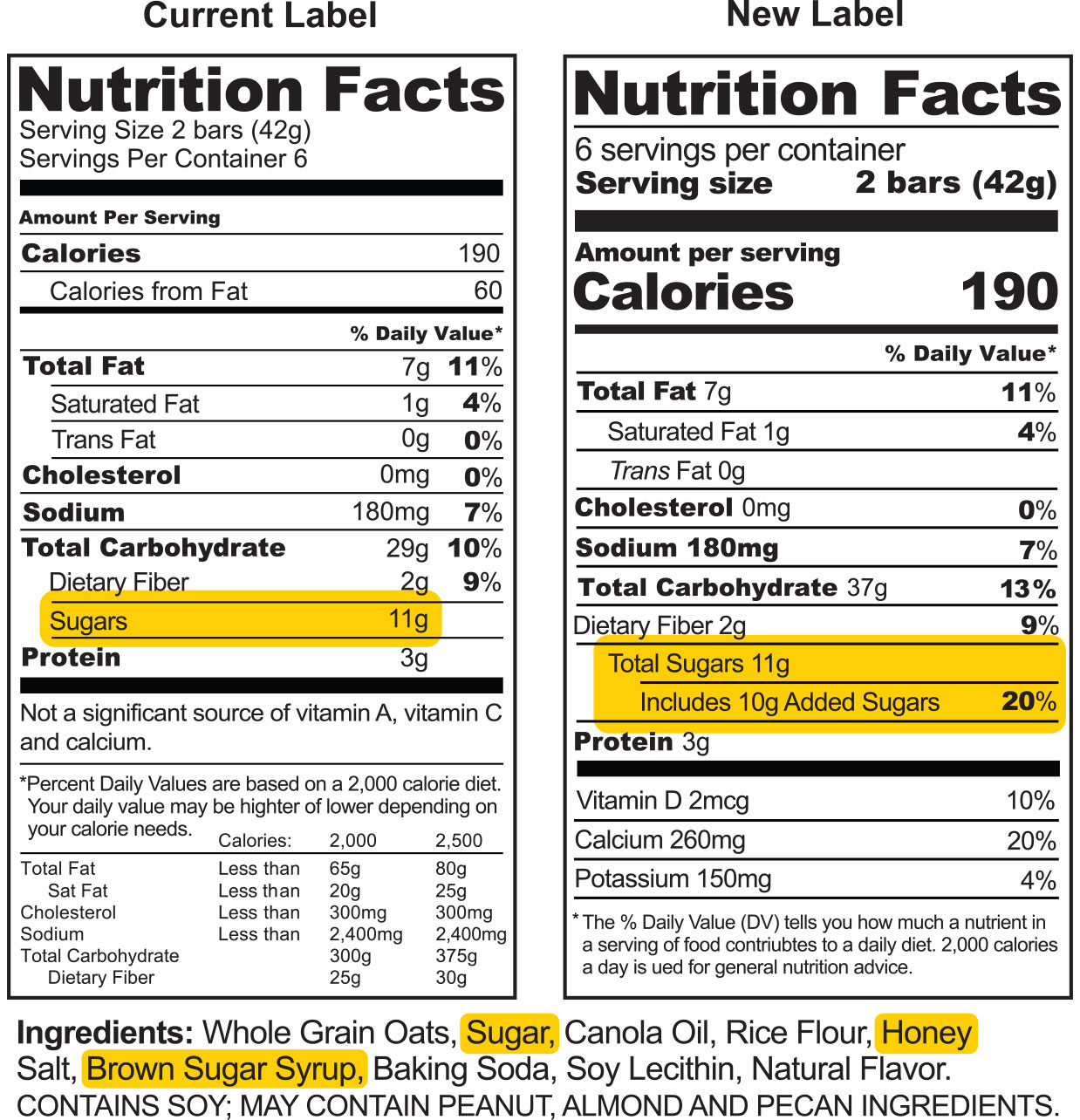
At the moment, obesity treatment is mostly focused on surgery or pharmaceutical therapy. There are many other options. Individuals suffering from obesity may be able to benefit from education and support. Girls Make Your Move campaign is an example of a campaign that aims to inspire young women to exercise more.
The treatment of obesity can be complex. It is a complex multi-cause disorder that is affected by many factors such as genetic conditions, environmental factors and psychological stimuli. In addition, obesity is often accompanied by negative health effects that can impact the quality of life of individuals. This serious health problem is often associated with high health care costs. The health costs associated with obesity account for between 2-7 percent of all medical spending in developed countries. The global economic consequences of obesity have been estimated at $2.0 trillion. Global obesity mortality rates are 2.8 million per year.

Obesity can have a negative impact on a person's physical and mental health. It can also affect their social and economic lives. Obesity may increase your risk of developing serious health complications like diabetes, heart disease, or cancer. Additionally, obesity can lead to weight discrimination. They are often perceived as gluttonous, lazy, or lacking self-discipline. These stereotypes can adversely impact the access to treatment and services for obesity.
Obesity treatment is multi-disciplinary and requires coordination among health care professionals. The lack of training and education among health care professionals can make obesity treatment difficult. In order to better meet the needs of patients, healthcare professionals need to receive additional education and training. In addition, healthcare professionals should be encouraged to develop better weight management discussions with their patients. This will improve the overall quality of care for patients with obesity.
The treatment of obesity is also affected by stigma and weight discrimination. It is important to promote initiatives to eliminate weight bias in society. This could include programs that encourage weight stigmatization or stereotypes. Also, media reporting can play a significant role in the education of the general public about obesity. A media report can also be a tool to obtain treatment for obese individuals.
The long-term treatment of obesity is a difficult task. It is vital to have a systemic collection of initiatives that can improve outcomes for all socioeconomic groups. It is crucial to prevent childhood obesity. Obese kids are more likely than others to become obese later in life. They are also more susceptible to developing type 2 diabetes or cardiovascular disease. In school, obese students are also subject to weight-based bullying.

The treatment of obesity requires a new public narrative. It must be consistent with today's scientific knowledge. It should address the negative socio-cultural consequences of weight stigma. A broad range of stakeholders must work together to change public perceptions.
FAQ
How does weight change with age?
How can you determine if your bodyweight is changing?
A person who has less body fat than their muscle mass will experience weight loss. This means that the amount of calories consumed must exceed the amount of energy used daily. The most common cause of weight loss is decreased activity levels. Other factors include stress, pregnancy and hormonal imbalances. A person who has more fat than their muscle mass will experience weight gain. It happens when people consume more calories in a day than they actually use. It can be caused by overeating or increased physical activity as well hormonal changes.
The main reason why our bodies lose weight is because we consume fewer calories than we burn. Regular exercise increases metabolism, which means that we burn more calories per day. But, this does not mean that we'll get thinner. It is important to know if we are losing weight or gaining muscle. If we're burning more calories that we consume, we'll lose weight. But if we're consuming more calories than we're burning, then we're actually storing them as fat.
As we grow older, we tend to become slower at moving around and therefore we don't move as much. We also tend eat less than we did when our children were young. Therefore, we tend to put on weight. We also tend to look larger because we have more muscle.
Without regularly weighing yourself, it's impossible to determine how much weight has been lost. There are many ways you can measure your weight. There are several ways to check your waist size. Some prefer to use bathroom weights, others prefer tape measure.
If you want to track your progress, you should try weighing yourself once a week and measuring your waistline once a month. You can also take photos of your self every few months to see the progress you have made.
Online data can be used to determine your weight. For example, if your height is 5'10", and your weight is 180 pounds, then you'd probably be 180 pounds.
What is the healthiest lifestyle to life?
The healthiest lifestyle to live is one where you eat healthy food, exercise regularly, sleep well, and avoid stress. This will ensure that you live a long healthy life.
Starting small can make a big difference in your diet, and even your exercise routine. Try walking for 30 minutes daily if your goal is to lose weight. If you're looking for a way to increase your activity, consider taking up swimming or dancing. You could also join an online fitness program like Fitbit or Strava that tracks your activity levels.
What is the distinction between a calories and a kilogramcalorie?
Calories refer to units that are used for measuring the amount of energy contained in food. Calories are the unit of measurement. One calorie is the amount of energy required to heat one gram water one degree Celsius.
Kilocalories is another name for calories. Kilocalories equal one thousandth of an calorie. 1000 calories are equal to one kilocalorie.
What can you do to boost your immune system?
The human body is made up of trillions and trillions cells. Each cell is responsible for creating organs and tissues with specific functions. Another cell takes its place when a cell dies. The chemical signals known as hormones are used to communicate between cells. Hormones control all bodily functions, including growth, development, metabolism, immunity and immune system.
Hormones are chemicals secreted by glands throughout the body. They are chemicals that travel through the bloodstream and function as messengers to control how our bodies work. Some hormones can be produced within the body while others can be made outside.
When a hormone-producing gland releases their contents into the bloodstream, hormone production begins. Once hormones are released they move through the bloodstream until reaching their target organ. Some hormones are only active for a brief time. Other hormones remain active longer and still have an influence on the body's functioning long after they leave bloodstream.
Some hormones are made in large quantities. Others are made in very small amounts.
Some hormones only are produced during certain periods of life. Estrogen is one example. It's produced in puberty, pregnancy and menopause. Estrogen assists women with breast development, bone density, and osteoporosis prevention. It promotes hair growth as well as keeping skin soft and smooth.
Statistics
- According to the 2020 Dietary Guidelines for Americans, a balanced diet high in fruits and vegetables, lean protein, low-fat dairy and whole grains is needed for optimal energy. (mayoclinichealthsystem.org)
- nutrients.[17]X Research sourceWhole grains to try include: 100% whole wheat pasta and bread, brown rice, whole grain oats, farro, millet, quinoa, and barley. (wikihow.com)
- This article received 11 testimonials and 86% of readers who voted found it helpful, earning it our reader-approved status. (wikihow.com)
- WHO recommends reducing saturated fats to less than 10% of total energy intake; reducing trans-fats to less than 1% of total energy intake; and replacing both saturated fats and trans-fats to unsaturated fats. (who.int)
External Links
How To
What does the term "vitamins" mean?
Vitamins can be described as organic compounds found in food. Vitamins are essential for our bodies to absorb nutrients from the foods we eat. Vitamins cannot come from the body so food must provide them.
There are two types of vitamins: water soluble and fat soluble. Water soluble vitamins dissolve easily in water. Vitamin C,B1(thiamine), B2 (2riboflavin), and B3 (3niacin), as well as vitamin C,B1, B2 (riboflavin), and B3 (niacin), vitamin B6 (pyridoxine), vitamin folic acid (biotin), pantothenic, and choline are examples. Fat-soluble vitamins are stored within the liver and in fatty tissue. You can find vitamin D, E K, A and beta carotene as examples.
Vitamins are classified according to their biological activity. There are eight major vitamin groups:
-
A - Vital for healthy growth.
-
C - important for proper nerve function and energy production.
-
D - Essential for healthy teeth and bones.
-
E is required for good vision and reproduction.
-
K - Required for healthy nerves and muscles.
-
P – Vital for building strong bones.
-
Q – aids digestion and absorption.
-
R is required for the production of red blood cells.
The recommended daily allowance of vitamins (RDA), varies depending upon age, gender, physical condition, and other factors. RDA values are set by the U.S. Food and Drug Administration (FDA).
For adults aged 19 and older, the RDA for vitamin B is 400 micrograms daily. Because it is essential for the development of the fetus, pregnant women should consume 600 micrograms per days. Children ages 1-8 require 900 micrograms per day. For infants younger than one year, 700 micrograms are required daily. However, this number drops to 500 micrograms each day for children aged 9-12 months.
Children ages 1-18years who are obese need 800 micrograms per day while those who are overweight need 1000 micrograms per day and children who are underweight need 1200 micrograms per day to meet their nutritional needs.
Children aged 4-8 who have anemia are required to consume 2200 micrograms of Vitamin C daily.
2000 micrograms is the minimum daily intake for general health in adults older than 50 years. Due to their increased nutrient needs, pregnant and breastfeeding women need 3000 micrograms daily.
Adults over 70 need 1500 micrograms daily, since they lose around 10% of their muscle mass every decade.
Women who have been pregnant or are lactating require more than the RDA. Pregnant women need 4000 micrograms per dayduring pregnancy and 2500 micrograms per day after delivery. Breastfeeding mothers require 5000 micrograms daily when breast milk production is occurring.